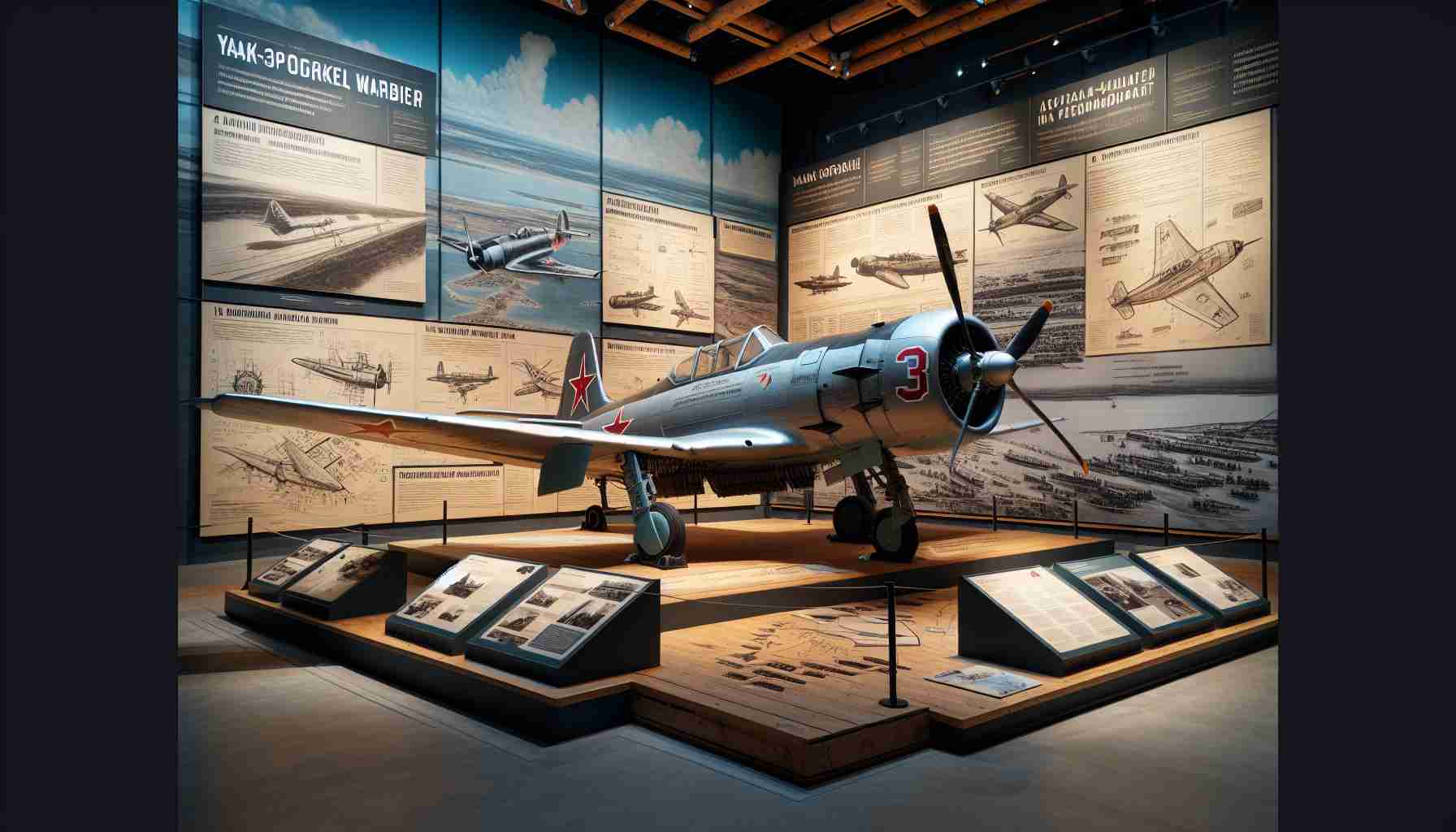The Yakovlev Yak-38, known by its NATO reporting name “Forger,” was a revolutionary aircraft that reflected the Soviet Union’s ambitions during the Cold War. Often overshadowed by its more famous counterparts, the Yak-38 was the Soviet Union’s first operational vertical and/or short takeoff and landing (V/STOL) aircraft.
Introduced in the early 1970s, the Yak-38 was analogous to the American Harrier jet but with distinct differences that illustrate its unique legacy. What set the Yak-38 apart was its ability to operate from smaller aircraft carriers and vessels, enhancing the Soviet Navy’s tactical flexibility. This capability was particularly valuable for the USSR, which sought to project power across the globe and maintain parity with Western naval forces.
The aircraft featured four engines: two vertical lift engines mounted in the fuselage and a single turbofan for horizontal flight in the rear. This configuration allowed the Yak-38 to take off and land vertically from aircraft carriers like the Kiev-class, which lacked catapult systems.
Despite its groundbreaking design, the Yak-38 faced several challenges. It suffered from relatively limited range, payload capacity, and issues with reliability. However, it served as a crucial stepping stone in the development of Soviet V/STOL technology.
Ultimately, the Yak-38 Forger is a testament to the ingenuity of its designers and remains a fascinating chapter in military aviation history. While not without flaws, its legacy paved the way for future innovations in V/STOL aircraft.
The Untold Story of the Yak-38: How a Soviet Jet Changed Global Military Strategies
The Yakovlev Yak-38, while a notable advancement in Soviet aviation, went beyond merely representing Soviet ambition; it compelled shifts in global military strategies and reshaped life for those involved. How did it impact the world beyond its mechanical aspects?
One of the noteworthy impacts of the Yak-38 was the influence it had on Soviet naval doctrine. As the USSR deployed the Yak-38 alongside the Kiev-class carriers, the dynamics within the Soviet Navy shifted. The capability to operate from smaller carriers meant that the Soviet fleet could cover more ground without relying solely on major bases or larger aircraft carriers. This mobility extended Soviet influence, made naval deployments more flexible, and changed the scope of naval crew training, requiring expertise in V/STOL operations.
For communities surrounding naval bases, the introduction of the Yak-38 brought both economic opportunities and challenges. As operations necessitated specialized maintenance and support infrastructure, it created jobs and technological advancements. However, there were also increased concerns over safety due to the aircraft’s reliability issues.
The global ripple effects were significant. Western nations, particularly the United States, monitored Soviet advances closely, accelerating their own V/STOL aircraft development, including advancements of the Harrier and later designs. This led to a technological arms race, impacting defense budgets and industrial strategy worldwide.
The Yak-38 also stirred controversy within the USSR, as debates erupted over its cost, reliability, and strategic value. Was it worth the investment, or merely a symbolic gesture? These discussions influenced Soviet defense strategies and spurred innovations.
For more insights into aviation history, visit NASA or Air Force Magazine.







